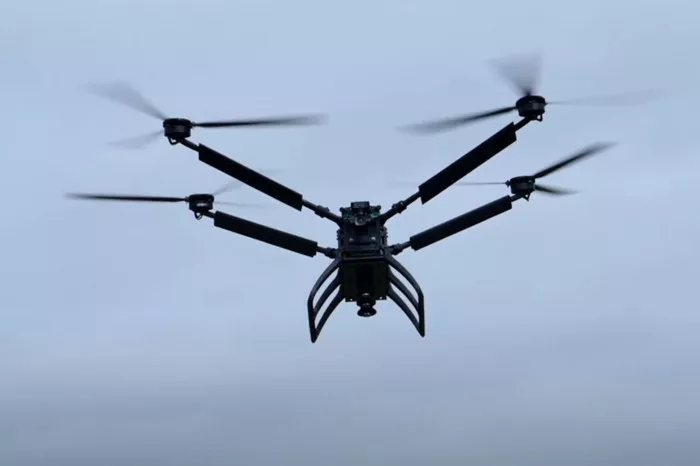China’s dominance of the drone industry remains unchallenged, with Shenzhen-based DJI controlling a commanding 70% of the global market share—and an even stronger 75% share in the U.S., according to recent reports. But a new American startup, SiFly, aims to disrupt this status quo.
Based in Santa Clara, California, SiFly emerged from stealth mode in May, revealing two powerful commercial quadcopters: the Q12 and Q250. These drones boast endurance and payload capabilities that surpass anything currently offered by DJI or other competitors.
The smaller Q12 can fly for up to three hours and carry a 10-pound payload for 90 miles, setting a world record at a Michigan drone competition as the longest-flying delivery quadcopter. The larger Q250 trades flight time for power, flying about 1.5 hours but carrying payloads 20 times heavier than the Q12.
By comparison, DJI’s Phantom 4 RTK—a solid commercial drone—carries 30 pounds for roughly 30 minutes, covering just over four miles, retailing at $6,500. DJI’s top-tier FlyCart 30, priced at $20,000, can transport 66 pounds about 10 miles but is rarely stocked in the U.S. without special order.
Pricing for SiFly’s drones remains uncertain. Industry estimates suggest the Q12 could cost at least $10,000, while SiFly’s chief business officer, Logan Jones, hinted the Q250 might retail below $100,000—positioning it between DJI’s premium products and offerings from Western competitors.
SiFly’s drones compare favorably against other commercial models like AeroVironment’s Quantix, which costs mid-teens in thousands but offers lower payload and range.
With plans to start Q12 deliveries by Q4 2025 and active demonstrations underway, SiFly is set to challenge DJI’s near-monopoly with superior technology. This could prompt competitors to accelerate innovation or adjust pricing to maintain market share.
Tariffs on Chinese imports, including surcharges on lithium-ion batteries, add a pricing disadvantage for DJI drones in the U.S., potentially giving SiFly a competitive edge domestically.
As SiFly steps into the spotlight, the commercial drone market faces a turning point—one that may redefine industry leadership and innovation in the near future.
Related topics:

